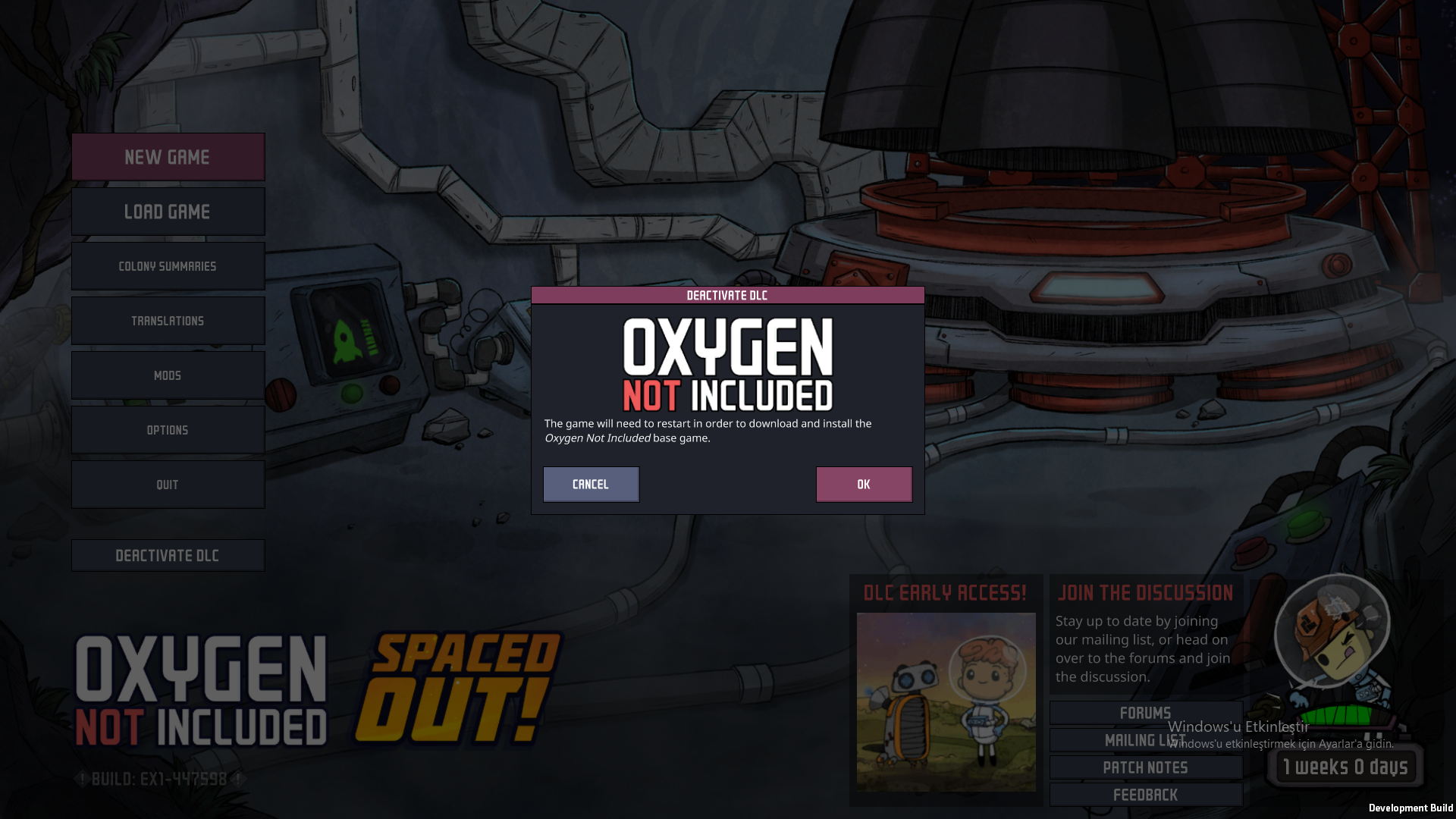
In the meantime, an individual O2 molecule can hang around in the Martian atmosphere for at least 10 years, if not several decades. Eventually, this O2 goes through another set of chemical reactions to form CO2, completing the cycle. Scientists previously knew that this oxygen can be made through non-biological means.Īs ultraviolet light from the sun smashes into carbon dioxide and water vapor in Mars’s atmosphere, it breaks those molecules into their components, creating molecular oxygen, or O2. Much of what we currently know about Mars’s atmosphere comes from measurements by ground-based telescopes or Mars orbiters, which can look for chemical signals to reveal global composition, including oxygen levels. “We need to make sure we fully understand how Mars operates as a system.” Gases behaving badly “With any new planetary system, has to be the explanation of last resort,” says lead study author Melissa Trainer, a planetary scientist at NASA Goddard Space Flight Center. ( Here’s how the InSight NASA lander discovered that the planet experiences mysterious magnetic pulses at night.) That robotic explorer will drill more than six feet into the Martian surface, exploring the red planet’s inner chemistry better than ever before.

The European Union and Russia have also teamed up on the ExoMars mission, which includes the Rosalind Franklin rover. Next summer, four nations will be launching missions to Mars to further that goal, including NASA’s Mars 2020 rover, which will cache samples for future return to Earth. Instead, the results highlight gaps in our understanding of the red planet’s surface chemistry-holes that must be filled if we are to hunt for direct evidence of past or present Martians. Though it’s tempting to think of photosynthesis when hearing about oxygen in a planet’s atmosphere, non-living processes are known to make oxygen on Mars, and these findings are not necessarily evidence of life. “Mars has fooled us again!” says Sushil Atreya, a planetary scientist at the University of Michigan who is part of the team reporting the odd oxygen results in the Journal of Geophysical Research: Planets. ( Find out more about the building blocks of life found so far on Mars.)

The oxygen spike seems to partially correlate to another gassy mystery: a seasonal ebb and flow of atmospheric methane on Mars. In the Martian spring and summer, the red planet’s oxygen levels spike an extra 400 parts per million, or 30 percent above what researchers expected to see based on the behavior of other gases in the planet’s atmosphere. After more than six years sniffing the red planet’s thin, frigid air, a NASA rover has made a startling discovery: There’s more oxygen gas in the Martian atmosphere than scientists expected, and what’s there is behaving strangely.


 0 kommentar(er)
0 kommentar(er)
